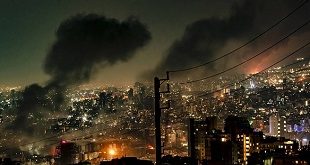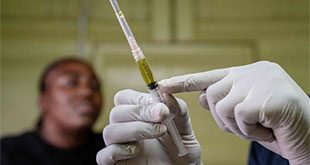
Rose Kirumira, Lilian Nabulime, F.X. Naggenda follow their ‘Africanity’
Contemporary visual art in Africa is little known in the West and in Africa itself. It is also undervalued. This writer once selected an abstract painting done by one of Uganda’s finest and did a mini survey on the streets of Kampala’s central business district, randomly asking people to put a price tag on the work, in front of a camera. This exercise was done for a television show for one of the local media houses. The results were as baffling as they were revealing. The audience prices ranged between Shs20,000 and Shs80,000, a very tiny fraction of the actual gallery value of the work. But this is not the worst case: another leading Ugandan artist picked one of his pricy murals from his collection, worth more than a million shillings and dumped it at building adjacent to a busy traffic junction in downtown Wandegeya for one week and, to his surprise (should he have been?) he found it exactly where he left it!
This is quite telling of the relevance of post-modern visual culture that was bestowed upon Africa through the imperialist hegemony. It is evident that the African audience was never prepared sufficiently to appreciate the modernist ideology the way they did their traditional ideals. The effects of this dilemma are not difficult to find.

Colonialism in Africa happened in the last half of the 19th century, at the time when Europe was primarily interested in realistic landscape painting, portraits and other forms of imitation. Moreover, the racist ideology stressed the superiority of the white race and their culture – colonialist Europeans regarded African art at best as ethnographic evidence of the barbarians and conveniently referred to it as Primitive art. The colonialist attitudes towards “non-Western” cultures and their art have been expressed even in more brutal forms. The European settlers in Australia, for example, refused for almost two centuries to believe that Indigenous art – or “Aboriginal” art, as they called it – could exists at all due to what they imagined were the lower intellectual capacities of the aborigines.
Through their Christianisation and civilization of the African race, one of the foremost victims of this enterprise was African art, or material culture, as they liked to call it. The result of the introduction of Western aesthetics in Africa is that artists operate in a vacuum whereby they are neither understood by their own nor appreciated by the West.
There is a belief that exhibiting African art in Europe and America lends validation of work before it is accepted in its country of origin. Many local artists are quick to show off the list of foreign galleries that have exhibited them as a measure of their personal success.
Nonetheless, a few daring artists have opted to ride upstream against the seemingly insurmountable tide of the Imperialist arrogance. Such local luminaries as Rose Kirumira, Lilian Nabulime, F.X. Naggenda (all professors of art at Makerere), have, despite their training in modernism looked back to their roots (some like Nabulime quite literary) to inform their discourse. Tired of the condescending attitude of pluralizstion, post-modernisation and globalisation, they have followed their ‘Africanity’ through sculptural carving. Naggenda, arguably the pioneer of this movement way back in the 1960s is the author of the ‘War Victim’, an imposing mutilated human figure carved out of an abandoned tree trunk, currently standing majestically in the lobby of the Makerere University main library. Nabulime has specialised in a diversity of facial expressions that she sees in the roots of uprooted trees. She rarely makes major changes on the morphology besides adding either a smile or creating a grotesque contortion. The question remains: can a handful of local artists provoke a counterhegemonic movement against the entrenched Imperialist ideology and inspire love for art among local audiences? Your guess may be as good as mine.
****
editor@indpendent.co.ug
 The Independent Uganda: You get the Truth we Pay the Price
The Independent Uganda: You get the Truth we Pay the Price





